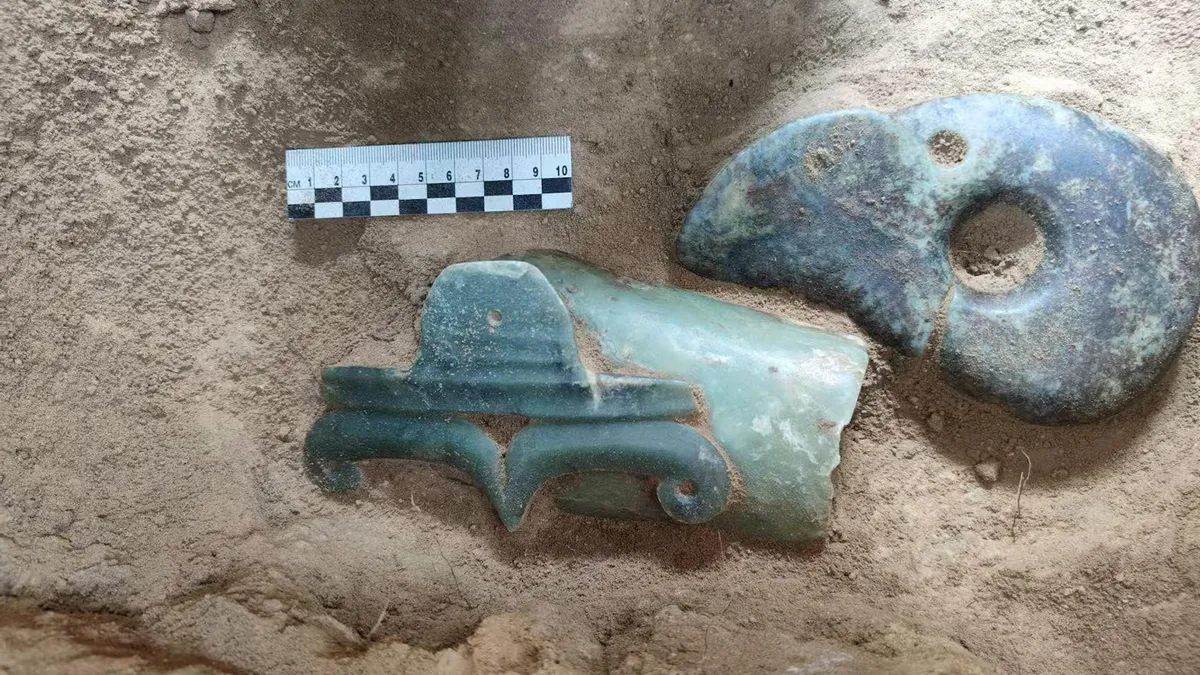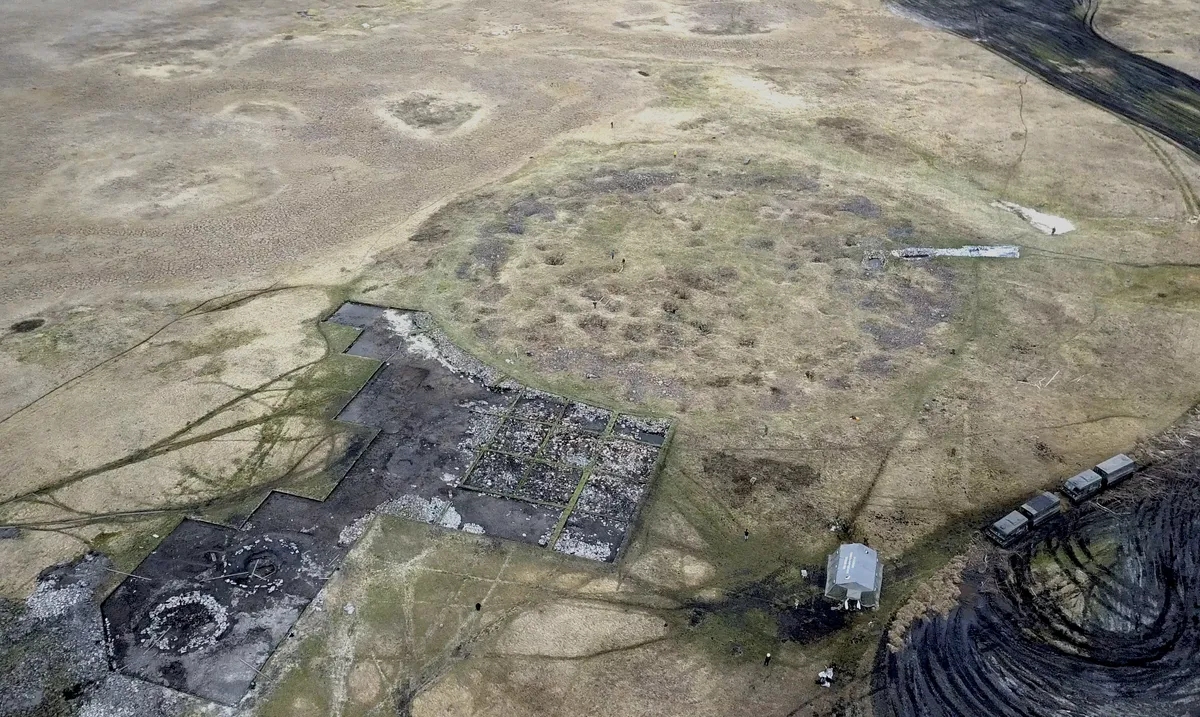Humans news stories

Researchers have revealed our sense of smell operates much faster than previously thought, suggesting we are as sensitive to rapid changes in odours as we are to rapid changes in colour. See the study here.

Humans seem to have been adapted to the last ice age in similar ways to wolves and bears, according to our recent study, challenging longstanding theories about how and where our ancestors lived during this glacial period.

Archaeologists have found the largest ever jade “dragon” made by the Neolithic Hongshan culture on record.
A new study published in the journal Science Advances by researchers at the IBS Center for Climate Physics (ICCP) at Pusan National University in South Korea shows that the patchwork of different ecosystems found in mountainous regions played a key role in the evolution of humans.
A new study published in the Quaternary Science Reviews has subjected the dirt dug from the cave to high-precision tests to find out what the environment was like tens of thousands of years ago.

Railroad construction through a farm on the Danish island of Falster has revealed a 5,000-year-old Neolithic site hiding an advanced technology—a stone paved root cellar. See the paper here.

A new study, led by Ph.D. candidate Vito Hernandez and Associate Professor Mike Morley from the College of Humanities, Arts and Social Sciences, has reconstructed the ground conditions in the cave between 52,000 and 10,000 years ago. The work appears in Quaternary Science Reviews.

Archaeological surveys led by scientists at Washington University in St. Louis suggest that coastal and underwater cave sites in southern Sicily contain important new clues about the path and fate of early human migrants to the island. See the study here.
A new study published in the European Journal of Neuroscience explores how this drug affects brain activity at the level of individual neurons.

Using the Zwicky Transient Facility (ZTF) telescope to survey large expanses of sky, a team of researchers led by the University of Maryland investigated a stream of space debris known to drift near Earth called the Taurid swarm.

Psilocybin’s potential to safely and effectively treat mental illness appears to be highlighted with every new study into its effects. Now, Monash University researchers have added more evidence to the growing pile. The study was published in the journal Translational Psychiatry.
Image from: Brocken Inaglory (Wikki Commons)
A recent study published in the Journal of Psychopharmacology highlights the potential synergy between meditation and psychedelics. Meditators who received a combination of DMT and harmine reported greater mystical experiences, non-dual awareness, emotional breakthroughs, and lasting increases in well-being compared to those given a placebo.

A 2,800-year-old burial in Siberia that contains the remains of an elite individual, who was buried with at least one sacrificed human and 18 sacrificed horses, appears to belong to a culture closely related to the enigmatic Scythians, a new study finds.

The findings raise questions and shed light on snail consumption and the antiquity of culinary traditions in Tunisian societies. The findings are published in the journal Archaeological and Anthropological Sciences.

A complex picture of how Neanderthals died out, and the role that modern humans played in their disappearance, is emerging.

Across the United States, the second Monday of October is increasingly becoming known as Indigenous Peoples Day. In the push to rename Columbus Day, Christopher Columbus himself has become a metaphor for the evils of early colonial empires, and rightly so.








